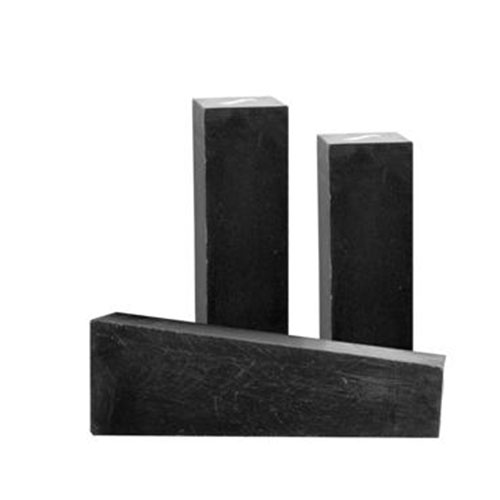Hello! Welcome to the official website of Located in Dashiqiao City!
Yingkou Taishuo Refractories Co., Ltd.
Contact: Mr. Chen
Tel.: 18804171010
Tel.: 0417-5828896
Fax: 0417-5828896
e-mail:18804171010@163.com
Address (business office): 1002-1, 10th floor, International Center, Dashiqiao, Liaoning
Chromesite, also known as magnesia chromite or magnesia chromite spinel, is an alkaline refractory material made from magnesia raw materials (sintered magnesia, natural magnesite or light burned magnesia powder made from magnesium hydroxide in sea (brine) water) and chromite through artificial synthesis (sintering or electrochemistry), with periclase and chromite spinel as the main constituent minerals.
1. Raw materials for manufacturing magnesia chrome sand
① Raw materials containing MgO include magnesite, flotation magnesium concentrate, magnesium hydroxide extracted from sea (brine) water, light burned magnesium powder, etc.
The basic requirement is that the content of SiO2, Al2O3 and Fe2O3 should be as low as possible. Generally, pure raw materials such as light burned magnesium powder extracted from seawater or light burned magnesium powder prepared from flotation magnesium concentrate are used. The latter is widely used in China, and the SiO2 content is required to be lower than 0.5%~1.5%, and the loss on ignition is less than 2%.
② Chromite or chrome concentrate with good quality can be selected. It is required that the SiO2 content in chromite is low: there is no special limit on the F2O3 content. The quality of chromite in China is poor (low Cr2O3 content, high SiO2 content), so it is not suitable to be directly used for synthesizing magnesia chrome sand, and chromium concentrate should be selected. According to the use requirements, chromite ore block can also be used together with chrome concentrate to control the overall SiO2 content.

2. Content of Cr2O3 in magnesia chrome sand
The content of Cr2O3 in magnesia chromite depends on the use of magnesia and the requirements for its properties. Generally, the more chromite is added, the higher the total amount of spinel in magnesia chrome sand, Secondary spinel (the spinel in chromite is primary spinel, and the spinel in chromite diffuses into periclase at high temperature and forms at the edge of periclase is called secondary spinel. The higher the content of secondary spinel, the stronger the high-temperature strength and corrosion resistance of magnesia chromite. Generally, the Cr2O3 content of sintered magnesia chromite is 5%~15%, and that of fused magnesia is 15%~25%, and that of magnesia chromite is as high as 30%~35%.
According to China's experience in manufacturing sintered magnesia chrome sand by combining light burned powder of flotation magnesium concentrate with chrome concentrate, the best content of Cr2O3 is 5%~10%. When it is below or beyond the range, the apparent porosity of synthetic sand is higher and the particles are loose; When calcining in a high temperature shaft kiln, it is easy to stick to the kiln and agglomerate, which often hinders the calcination process
Although the output of antimony in China has been ranked first in the past decade, as antimony smelting belongs to small nonferrous metals, the proportion of refractories used in antimony smelting furnaces is low, and at present they are traditional blast furnaces and reverberators. There is no systematic research on the rational selection and configuration of refractories used in antimony smelting in China. Refractory manufacturers with research capabilities are concentrated in copper, aluminum, lead In the field of nonferrous metal smelting, where the consumption of refractory materials such as zinc is high, and there were many small workshop type antimony smelting plants in the early period. Generally, high alumina bricks with lower prices were used. Due to the small volume, refractory materials that can withstand times were often used to fill up in order to earn high profits. As a result, the antimony smelting plant has been confused in the selection of refractory materials (mainly high alumina bricks, magnesia bricks, magnesia chrome bricks, chrome slag bricks), so that the overall life of the antimony smelting furnace is not high, The furnace is shut down frequently, the production cost and energy consumption are greatly increased, and the production efficiency is low.
free hotline
0417-5828896